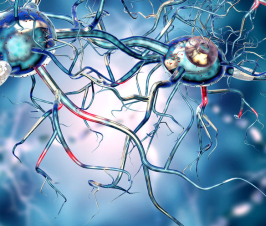(NaturalPath) The cold weather often brings along with it “cold and flu season.” There are the traditional flu shot campaigns that aim to prevent the incidence of flu virus from year to year with debatable efficacy. This leaves many looking for alternative ways to combat the cold and flu.
As the cold and flu viruses can change from year to year, we need to improve our immune systems to better fight the viruses and bacteria we encounter on a daily basis. This means improving our own “good” bacteria naturally occurring as part of our bodies natural defense system. The body’s mucous membranes are often the places in which we “encounter” these pathogenic bacteria and probiotics could now be an answer to improving the strength of our defenses.
Probiotics are indicated as a possible treatment in a variety of conditions with the main role of re-colonizing our healthy flora or bacteria. Current research from the Food and Science and Human Nutrition Department at the University of Florida conducted a study looking at the use of probiotics as related to cold and flu viruses experienced by students. They found that those taking probiotics saw a reduction in colds and flu viruses in the winter months.
In total, 581 students were randomized into various groups testing the efficacy of lactobacillus helveticus, bifidobacterium infantis,or bifidobacterium bifidum comparing days suffered from cold and flu symptoms in a six-week period. Results showed those who consumed bifidobacterium bifidum had significantly fewer “sick days” than those in the other probiotic groups and placebo.
So when it comes to cold and flu season, probiotics and more specifically bifidobacteri, appears to be the supplement of choice!
Langkamp-Henken B, Rowe CC, Ford AL, Christman MC, Nieves C Jr, Khouri L, Specht GJ, Girard SA, Spaiser SJ, Dahl WJ. Bifidobacterium bifidum R0071 results in a greater proportion of healthy days and a lower percentage of academically stressed students reporting a day of cold/flu: a randomised, double-blind, placebo-controlled study. Br J Nutr. 2015 Feb 14;113(3):426-34. doi: 10.1017/S0007114514003997.

















